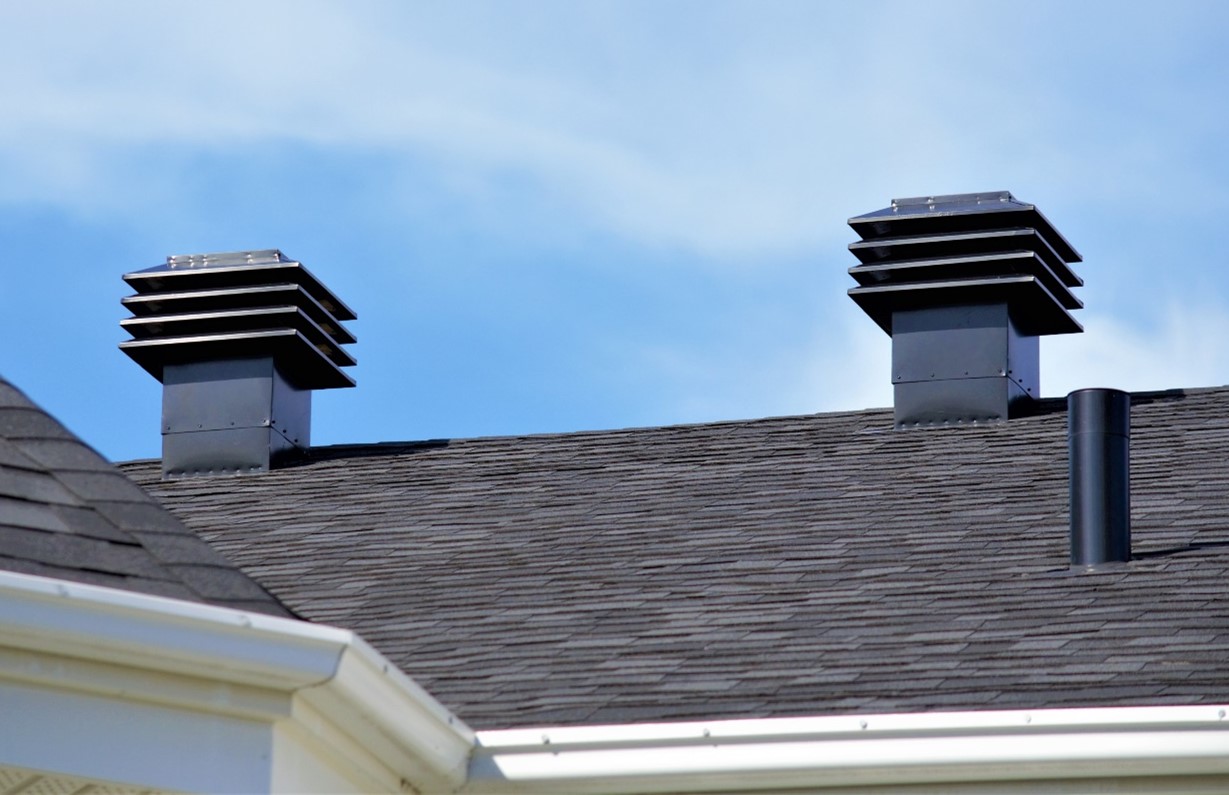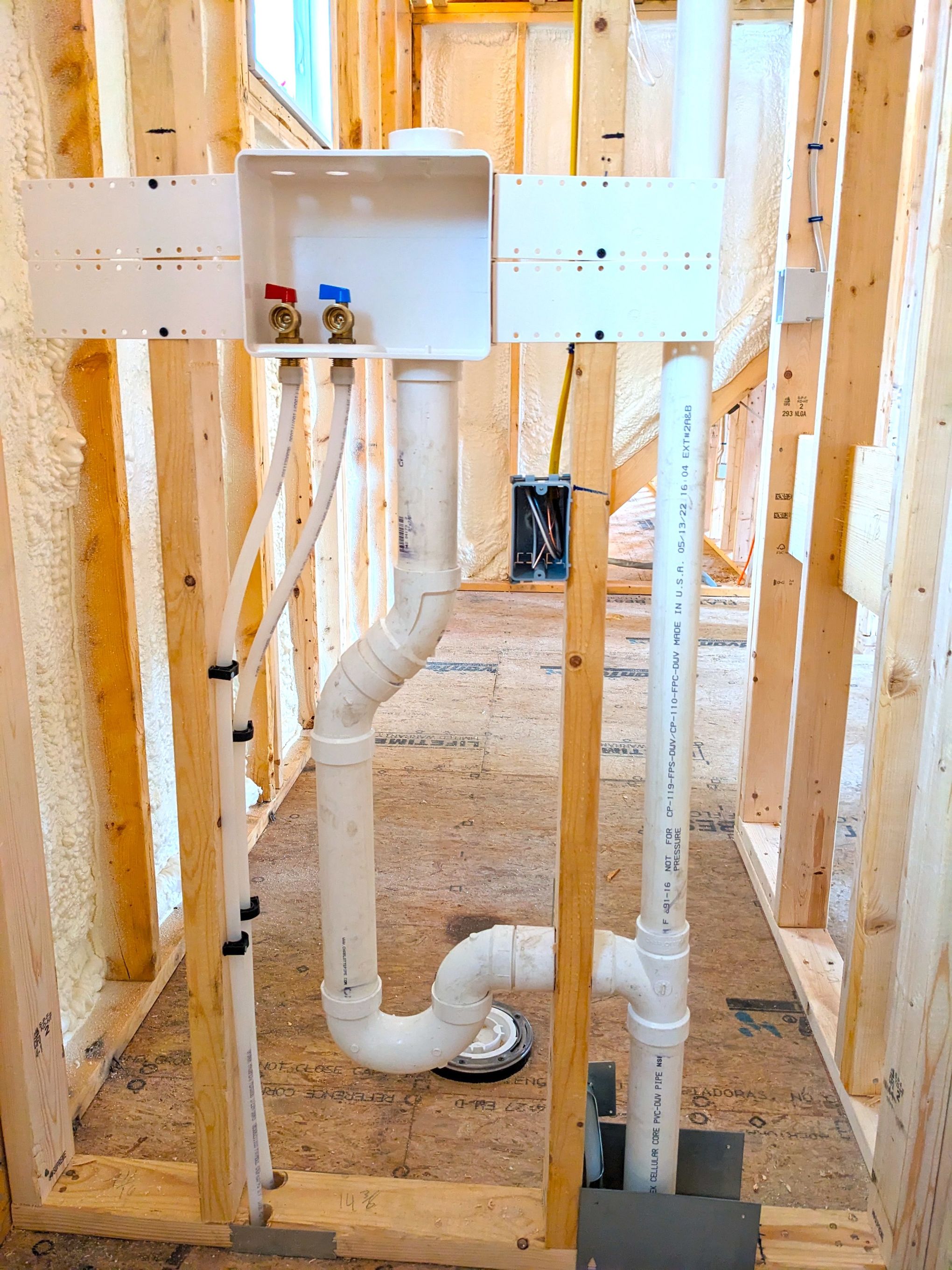Were you trying to locate suggestions concerning What Is a Plumbing Vent and Why Is It Important?

Appropriate air flow in pipes systems is often forgotten, yet it is important for keeping the capability and safety of your home's plumbing. Ventilation helps manage atmospheric pressure, protect against the accumulation of dangerous gases, and guarantee the efficient removal of waste. In this overview, we will discover the value of appropriate plumbing ventilation, just how it works, and the advantages it gives your pipes system.
How Ventilation Functions in Plumbing Equipments
Atmospheric Pressure Regulation
Correct ventilation preserves well balanced air pressure within the plumbing system. When water moves via pipes, it displaces air. Without adequate ventilation, this variation can create unfavorable stress, resulting in slow down drains pipes or siphoning of water from catches, which can cause unpleasant odors to leak into the home.
Protecting Against Sewer Gas Buildup
One of one of the most important functions of pipes vents is to prevent sewage system gases, such as methane and hydrogen sulfide, from accumulating within the home. These gases can present serious health dangers and are very combustible. Vent pipes permit these gases to run away safely outside.
Helping in Waste Elimination
Air flow helps in the effective removal of wastewater by preventing airlocks in the water drainage system. When air can stream freely via the vents, it enables water and waste to flow efficiently with the pipelines, lowering the danger of obstructions and backups.
Advantages of Appropriate Ventilation
Boosted System Efficiency
Effectively ventilated plumbing systems run much more successfully, with fewer blockages, faster draining, and less pressure on the pipelines. This performance prolongs the life-span of the plumbing system.
Improved Air Top Quality
By stopping sewer gases from entering your home, proper air flow adds to far better indoor air top quality, making your living environment healthier and extra comfortable.
Avoiding Water Damages
Ample air flow assists stop water from being siphoned out of catches, which can cause drain gases entering the home and causing water damages gradually.
Steps to Guarantee Proper Air Flow
Consulting Plumbing Codes
Constantly consult neighborhood plumbing codes when developing or modifying your plumbing system. These codes supply the necessary standards for proper venting and guarantee your system satisfies safety and security criteria.
Normal Inspection and Maintenance
Regular evaluations can assist determine prospective air flow problems before they end up being major issues. Maintenance tasks, such as cleaning up air vent pipes and checking for blockages, are essential for keeping the system in good working order.
Professional Installment
For brand-new installations or significant alterations, it's important to work with a specialist plumbing. They have the experience to ensure the air flow system is appropriately created and set up according to code.
Comprehending Ventilation in Pipes
Air flow in plumbing describes the network of pipelines that allow air to flow with the drain system. These vents serve numerous purposes, consisting of controling air pressure within the pipelines, avoiding sewage system gases from going into the home, and assisting in the smooth flow of wastewater.
Kinds Of Pipes Vents
Key Heap Vent
The primary stack air vent, additionally called the vent pile, is the key vent in a pipes system. It prolongs from the main drain line up through the roofing, permitting gases to leave and fresh air to get in the system.
Branch Vent
Branch vents attach to the primary stack air vent and offer private components, such as sinks, commodes, and showers. These vents make sure that each fixture has sufficient ventilation to work appropriately.
Air Admission Shutoff (AAV).
An Air Admission Valve (AAV) is a one-way valve that allows air to get in the pipes system without the requirement for a standard vent pipe extending via the roof covering. AAVs are generally utilized in improvements or locations where installing a basic vent is unwise.
Indications of Poor Air Flow in Plumbing.
Slow Draining Fixtures.
If your sinks, tubs, or commodes are draining pipes slowly, maybe an indication of inadequate air flow. Inadequate air circulation can create a vacuum effect, making it difficult for water to drain pipes correctly.
Gurgling Appears.
Gurgling noises coming from drains pipes are often an outcome of air being drawn via water catches because of adverse pressure in the pipes. This is a clear indicator of inadequate air flow.
Undesirable Smells.
Sewer odors inside your home are a red flag that your pipes system is not effectively ventilated. This might imply that sewer gases are not being adequately vented outside, leading to potentially harmful problems.
Usual Ventilation Blunders.
Poor Vent Sizing.
Using small air vent pipes can cause bad air circulation and stress imbalances in the system. It's necessary to make use of vents that meet the particular needs of your pipes system.
Improper Vent Positioning.
Putting vents also far from the fixtures they offer can decrease their performance. Appropriate positioning makes sure that air can flow easily and successfully with the system.
Disregarding Code Requirements.
Building regulations provide certain standards for pipes ventilation. Ignoring these codes can result in a system that falls short to operate appropriately and might cause pricey repairs or health hazards.
Conclusion.
Appropriate air flow is a critical element of any pipes system, making certain that it functions successfully and safely. By comprehending the relevance of air flow, identifying the signs of poor ventilation, and taking actions to keep your system, you can stop pricey problems and shield your home's air quality.
4 Things You Should Know About Your Plumbing Vents
What Plumbing Vents Are
Also called a vent stack, a plumbing vent is a vertical pipe attached to your drain line that runs through your roof. The plumbing vent pipe, or plumbing air vent, removes gas and odors from your plumbing system and allows fresh air to enter the pipes, helping the water to flow out of the drain pipes.
What Plumbing Vents Do
Plumbing vents have two basic functions. One of which is to allow unpleasant smelling wastewater and sewer gasses to escape your plumbing system instead of entering your home. Plumbing vent pipes are typically located on roofs, away from windows, to ensure the fumes exit the home completely.
The other function of the plumbing vent is to move fresh air into your plumbing system. This helps move water through every plumbing fixture in your house, like toilets and sink drains. Think of the way in which you need to let a little air into the bottle as you pour soda in order to make the drink flow smoothly.
Different Types of Plumbing Vents
True vent: This is the most common vent option. In simplest terms, a true vent is a vertical pipe attached to your drain line that exits through the roof. They often function as the main vent that other fixtures can connect to. Re-vent pipe or auxiliary vent: Attached to the drain line near specific plumbing fixtures, re-vent pipes run up and over to connect to the main vent. Common vent: Two plumbing fixtures installed on opposite sides of a wall are typically tied into the vent stack using something known as a sanitary cross. Wet vent: This venting option operates as a drain pipe and a vent at the same time. Wet vent drainage systems drain water from one fixture while venting the air from another. Although they’ve been used for over 100 years, wet vent systems have only recently been added to the plumbing code in many areas. If you’re planning on installing one in a bathroom remodel, make sure you check your local code prior to construction. Loop vent: For free-standing fixtures like kitchen island sinks, loop vents are ideal. These vent pipes run under the floor, rise from the P-trap, and create a loop inside the cabinet sink. Air admittance valve: An AAV is a one-way mechanical valve typically installed at the site of the plumbing fixture. AAVs allow venting to occur without having to tie into a larger venting system. They’re ideal for venting fixtures where you aren’t able to easily connect to an existing vent system. Common Plumbing Vent Issues
Although vent pipes typically don’t have water flowing through them, they’re still subject to many typical plumbing issues. For example, clogs are one of the most common problems associated with sewer vent pipes. If your vent pipe gets clogged, all of your plumbing fixtures tied into the vent stack will be affected.
A sink with a slow drain that bubbles and gurgles or a strong sewage smell around your toilet are both indicators that your toilet vent pipe is clogged. Because most vent pipes exit through the roof, old leaves, twigs or even a bird’s nest could be clogging the pipe.
Clogs in your vent pipe system cause a buildup of negative pressure, meaning that water won’t be able to flow out of your home very well. It’s similar to putting your finger over the opening of a straw to trap water inside. When you remove your finger, the water is able to flow out of the straw.
If you suspect you have any blockage in your vent, make sure you have a professional come examine the situation. Left unchecked, a blocked air vent can lead to other costly repairs, like leaks and sediment buildup.
Under Pressure
Pipe vents are essential aspects of a home’s plumbing system. Owning a home means learning about all sorts of things you never put much thought into before. But by understanding as much as you can about the important systems of your home, you can keep those budgets intact and those anxiety levels low.
https://www.homeserve.com/en-us/blog/home-improvement/plumbing-vents/

We were introduced to that write-up about Essential Plumbing Vent Pipes: Understanding Their Role from an acquaintance on a different web blog. Sharing is good. One never knows, you could be helping someone out. I love your readership.
Call Today